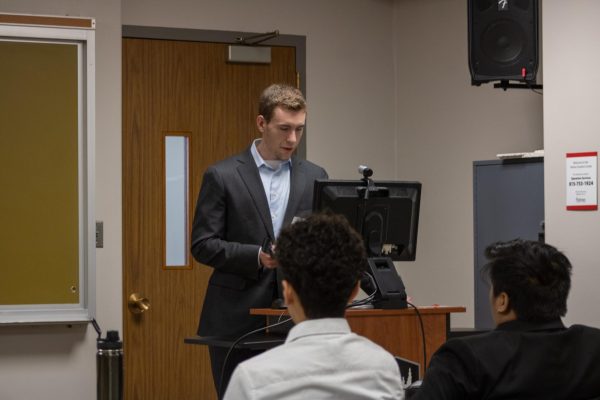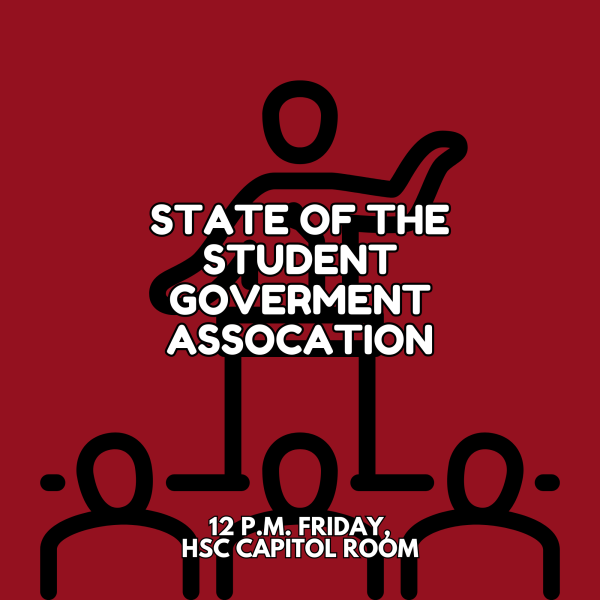Texting expected to beat phone calls for first time
November 17, 2008
As the world of technology spins faster, the human voice is being converted into text.
It’s a lot easier to type W-H-A-T-S G-O-O-D and hit send than it is to dial 10 numbers, wait for someone to answer and ask, “What’s good?” said Lavell Jones as he texted in the Holmes Student Center.
“I find it easier to text,” the senior biological sciences major said. “You don’t have to waste time. And it’s easier to talk to multiple people at once.”
This year stacks up to be quite a year for Jones and his fellow texters: It’s projected to be the first year in American history that more text messages are sent than cell phone calls are made. The average American wireless subscriber now sends or receives 357 text messages a month, while placing or receiving only 204 cell phone calls, according to Nielsen Mobile.
Eighteen to 24-year-old wireless subscribers text nearly three times as much as they use their cell phone: 790 texts compared to 265 calls per month, Nielsen Mobile also found.
“I just think it’s one of those things that’s very convenient to utilize,” said communication professor David Gunkel. “It cuts through a lot of the noise and gets to the person without a lot of negotiation.”
Junior art major Ashley Neuhaus also sat in the Student Center, looking into an open notebook, her cell phone not far away.
“Unless I have something I need to talk about, it’s a quick and easier way to talk about something or ask a question,” she said of texting.
Sophomore geography major Amber Singer sends and receives over 6,000 text messages a month, but she said not everyone is enthralled with the technology: in particular, her dad, her stepdad and her mom.
“Anybody over the age of 35 has an issue with it – and people with fat fingers,” she said with a straight face. “With most guys, they have fat fingers and they hit the wrong buttons. It’s just a hassle. Older people – they can’t see the screen. And technology – it’s just a new thing to learn. People don’t always like change.”
Singer was just a few years off in her estimate: Wireless subscribers 45 and over are the only age group that still call more than they text, according to Nielsen Mobile.
It is unclear what the future holds for the technology of today.
According to NIUTEL Telecommunications Director Cindy Phillips, in the future there may be a device that turns voice into text, text into voice and e-mail into text. She also said one aspect of communication isn’t going away anytime soon.
“I think there will always be a venue for voice,” she said. “There’s still the human factor of the real time back and forth.”












